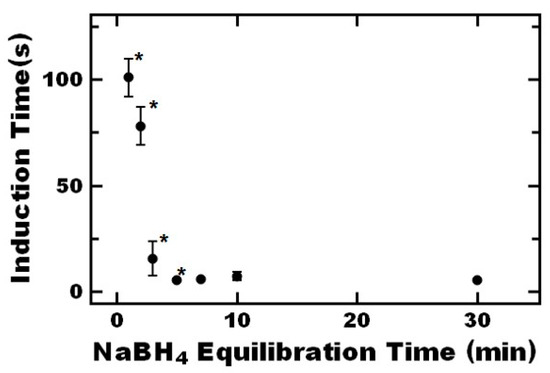
.jpg)
Exosomes are formed within multivesicular bodies (MVBs) via the process of inward invagination. The funders had no role in study design, data collection and analysis, decision to publish, or preparation of the manuscript.Ĭompeting interests: The authors have declared that no competing interests exist.Įxosomes are a subset of extracellular vesicles (EVs) with a diameter ranging from 30 to 150nm that originate from an endocytic compartment of parent cells. TLW was supported in part by National Institutes of Health, Grants RO-1 CA168628 and R21 CA205644. The work is made available under the Creative Commons CC0 public domain dedication.ĭata Availability: All relevant data are within the paper and its Supporting Information files.įunding: This work was supported by the National Science Centre, Poland, Grant 2013/11/B/NZ7/01512.
#Malvern zetasizer equilibration time free
This is an open access article, free of all copyright, and may be freely reproduced, distributed, transmitted, modified, built upon, or otherwise used by anyone for any lawful purpose.

Received: JAccepted: SeptemPublished: October 31, 2018 PLoS ONE 13(10):Įditor: Aamir Ahmad, University of South Alabama Mitchell Cancer Institute, UNITED STATES (2018) Harmonization of exosome isolation from culture supernatants for optimized proteomics analysis. Application of this method allowed detection of >250 vesicle-specific proteins in exosomes from 10 mL of culture medium.Ĭitation: Abramowicz A, Marczak L, Wojakowska A, Zapotoczny S, Whiteside TL, Widlak P, et al. The recommended workflow for effective and specific identification of proteins in exosomes released by the low number of cells involves culturing cells in medium with a reduced concentration of exosome-depleted serum, purification of exosomes by size-exclusion chromatography, a combination of different protein extraction method and removal of serum-derived proteins from the final dataset using an appropriate sample of cell-unexposed medium as a control.

In this communication, we illustrate the existing problems in this field and provide a set of recommendations that are expected to harmonize exosome processing for MS and provide the faithful picture of the proteomes carried by exosomes. There is an unmet need for the development of standards for exosome generation, harvesting, and isolation from cellular supernatants and for optimization of protein extraction methods before proteomics analysis by MS.

These include the presence of high-abundance exosome-contaminating serum proteins in culture media which mask low-abundance exosome-specific components, isolation methods that fail to yield “pure” vesicles or variability in protein solubilization protocols. Unfortunately, no standards have been established for exosome isolation and their preparation for MS, leading to accumulation of artefactual data. Mass spectrometry (MS) has been extensively used for exosome protein profiling. Their involvement in intercellular communication and molecular reprogramming of different cell types created a demand for a stringent characterization of the proteome which exosomes carry and deliver to recipient cells. Exosomes, the smallest subset of extracellular vesicles (EVs), have recently attracted much attention in the scientific community.


 0 kommentar(er)
0 kommentar(er)
